
Chinese food now haute cuisine of choice for America’s rich thanks to chefs who’ve taken it to another level
Pioneering chefs from San Francisco to New York are changing perceptions of Chinese food as they serve high-quality, high-priced takes on traditional dishes, from duck and chicken feet to potstickers stuffed with foie gras
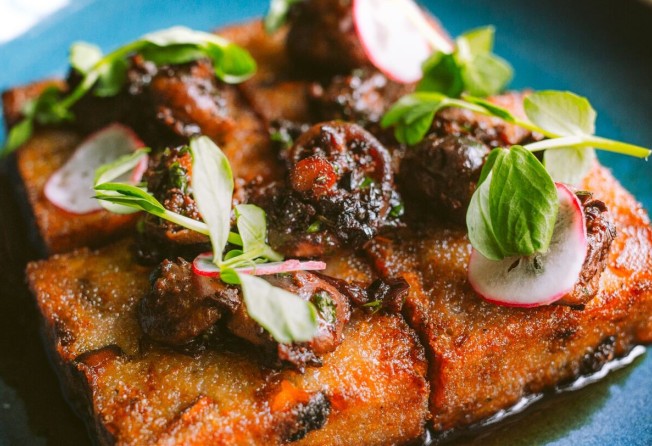
From coast to coast in the United States, there is a sense that a new day is dawning for Chinese cuisine. On the west coast, especially in the fine food-obsessed San Francisco Bay Area, chefs are taking advantage of the wealth and natural bounty to pioneer a new level of Chinese-American fine dining. On the east coast, some of the mainland’s most successful restaurateurs have opened their first overseas outposts, introducing eager local diners to the food of modern China.
Everywhere, chefs and restaurant owners – both Chinese and Chinese American – are introducing new flavours and changing opinions of the cuisine itself.
In the American restaurant industry, Chinese food has long been lumped with other so-called “ethnic” cuisines like Mexican or Thai, which were expected first and foremost to be cheap.
It had been accepted that diners who think nothing of spending US$500 (HK$3,900) on a tasting menu at The French Laundry would recoil at spending even a tenth of that at a Chinese restaurant – even if the chefs were equally skilled and working with ingredients sourcedfrom the same producers.
Now, chefs and the dining public are pushing back.

In New York, sophisticated restaurants such as Guan Fu Sichuan – New York Times critic Pete Wells’ second favourite restaurant of 2017 – Hao Noodle and Tea by Madam Zhu’s Kitchen from successful Chinese restaurateur Zhu Rong, and famed Peking duck purveyor DaDong have opened to great fanfare. But no one is pushing quite as hard as San Francisco-based restaurateur George Chen.
His new restaurant, Eight Tables, is part exclusive dining experience, part call to arms, boasting both enough understated elegance to impress even San Francisco’s blase customers, and high prices.
An intimate, opulent space hidden up a nondescript alley in San Francisco’s Chinatown, Eight Tables seats 38 and offers only a tasting menu, that starts – without wine, cocktails or optional ultra-high-end ingredients – at US$225.
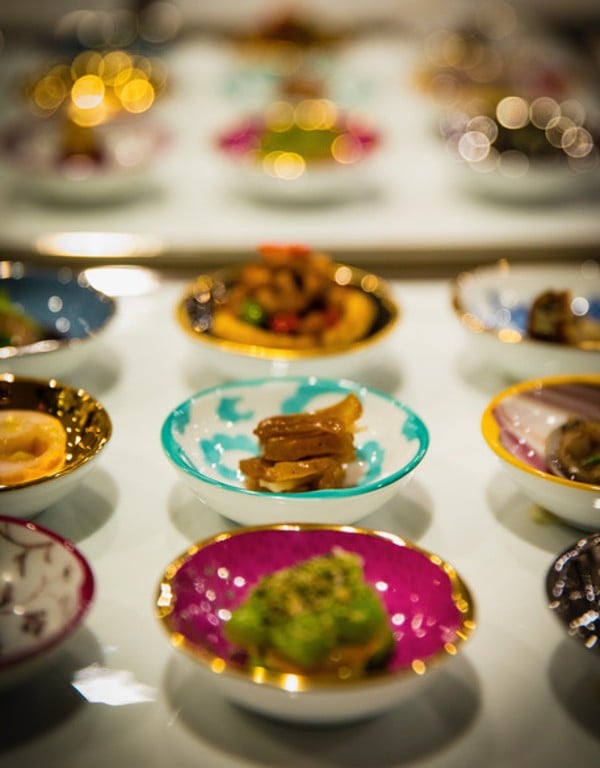
And if any city’s residents would be willing to spend that kind of money on dinner, it would be San Francisco, which in the past decade has morphed under a deluge of tech money into one of the wealthiest and most expensive cities on the planet.
Chen thought up the idea for Eight Tables after 15 years in China, enjoying many dinners of si fang cai, private kitchens whose popularity has exploded in China in recent years.
“Private kitchens are not of any particular ethnic or regional area. It’s about going to a very gifted chef and letting him do the creative things that he does. Chefs from Shanghai bring a little more Shanghainese influence, chefs from Hong Kong more Cantonese,” says Chen. “And for me it was the same thing: I was born in San Francisco and this is my cuisine.”
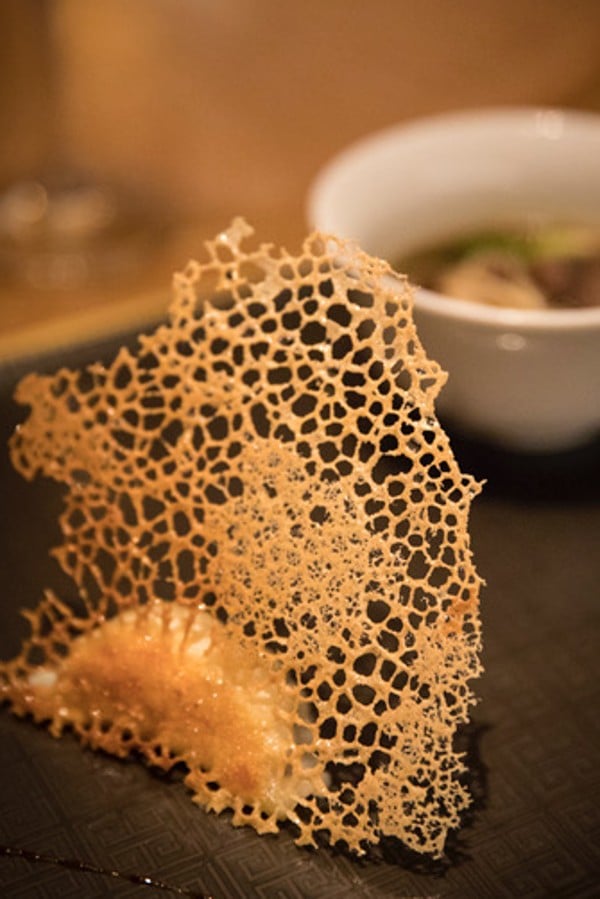
Chen was especially inspired by the intimacy and sense of fun at the higher-end private kitchens that have gained popularity following China’s ongoing crackdown on corruption and conspicuous consumption.
For a long time in America, Chinese food has been devalued and over-portioned, and I think that’s just how it had to be for people to survive
Chinese with money to spend increasingly want a relaxed place to spend it, where privacy is paramount – a preference shared by the Bay Area’s tech billionaire class. “There’s a lot of money here,” says Chen, laughing, “and you’re not going to see Zuckerberg out dining at Chipotle (a fast-food chain).”
To get the feeling right, he reached out to vaunted restaurant design group AvroKO to create a dining room that would feel like the home of a Chinese-American in San Francisco who has made it big and is now a member of the city’s elite. The result is all rose gold and muted tones.
In this setting, Chen combines Chinese flavours and techniques with the Bay Area’s world-famous ingredients sourced in part from Chen’s farm north of the city in Petaluma. He has a fondness for haute cuisine bordering on the modernist that will be new to most Chinese food eaters in the US.
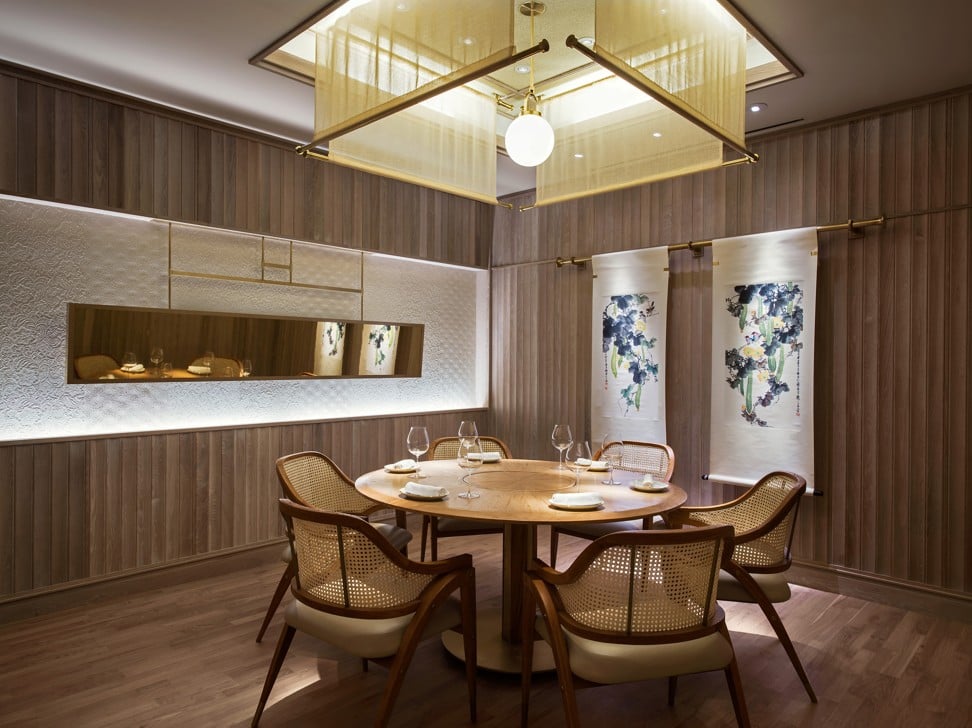
“We’re not afraid to go molecular,” Chen says, referencing his typical first course: a collection of nine separately proportioned bites, meant to convey the “nine essential flavours of China”.
Like the private kitchens that inspired him, Chen is not restrained by any one region of Chinese cooking. He employs a full team just to make some of the city’s best barbecue. In Chen’s typical style, slivers of crisp duck skin come to the table mounded with caviar. He serves fish steamed in a banana leaf inspired by similar delicacies from the country’s Southwest, or a more Chinatown-feeling staple – a potsticker that he can’t resist stuffing with foie gras.
Still don’t call his cuisine “Chinese-American” food. “It’s Chinese food,” Chen insists. “It’s taking inspiration from all the areas and it has a San Francisco interpretation to it but it’s definitely not Western looking East. It’s Chinese with respect for some Western techniques.”
In that philosophy, Chen could not be more different from the Bay Area’s other best-known pioneer of Chinese cooking. Where Chen’s food looks towards China through the lens of a Californian, his Chinatown neighbour, Brandon Jew, at his perennially packed Mister Jiu’s, is attempting something even loftier: a uniquely San Francisco Chinese cuisine.

Long before opening Mister Jiu’s, Jew was working in the Bay Area at some of California’s most influential and iconic establishments, including Zuni, Quince, and Bar Agricole. Then he set his sights on Chinese food.
“I think seeing how in the last five or 10 years there’s been an effort for certain American regions to describe their food in a more contemporary way made me realise there’s a lot of room to re-conceptualise Chinese food. Being in Chinatown, I wanted to re-conceptualise San Francisco Chinese cuisine, in particular.”
Jew’s latest venture is a paean to San Francisco’s Chinatown. Mister Jiu’s is the third Chinese restaurant to occupy the same historic Chinatown building since it was built in 1880. As a child, Jew remembers eating at the Four Seasons restaurant in the same building, never imagining he would be salvaging its gold chandeliers for his own dining room.
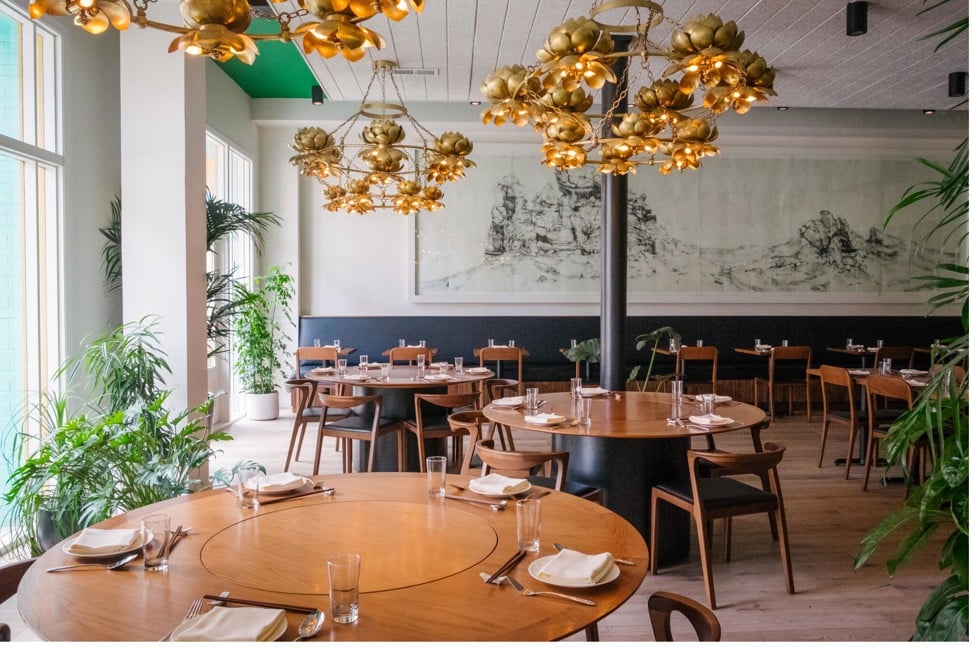
Today, Jew reimagines Chinese classics: snacks such as sourdough scallion pancakes, barbecue pork buns made with Dutch Crunch – a local type of sweet and crusty bread – or dishes such as chicken foot terrine served with lime, chilli and sorrel which, at US$15, is probably the priciest plate of chicken feet in town.
Other dishes include crispy scarlet turnip cake; Mister Jiu’s tendrils, greens and stems with meyer lemon, garlic and sea urchin; Liberty Farm roast duck with pancakes and peanut butter hoisin; a variation on cheung fun; and black sesame cake.

“For a long time in America, Chinese food has been devalued and over-portioned, and I think that’s just how it had to be for people to survive,” says Jew. “That is a part of Chinese-American culinary history because what Chinese chefs had to do was get cheaper ingredients but serve a lot of it to carve out a culinary place.”
To entice modern Bay Area gourmands, Jew is on a different tack. “I feel like the way we’ve tried to broach that question [of cost] is through really showcasing high quality organic local small farm ingredients,” he says. “When you look at the quail we get, it’s the same quail you get at Chez Panisse. I want people to know that this is what they’re paying for. I try to present that on the menu and through training our servers.”
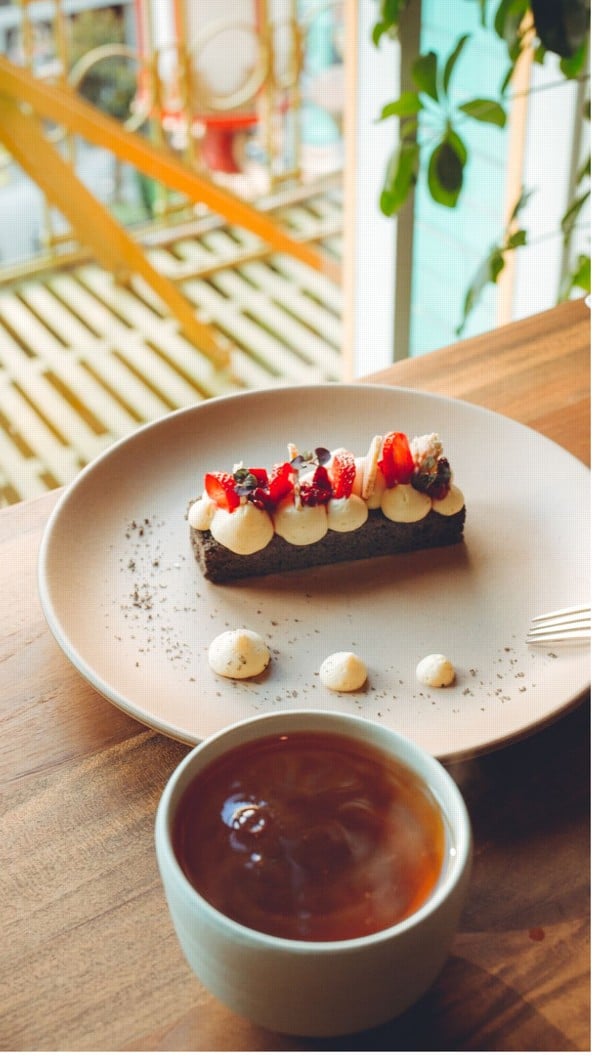
Whatever he’s doing is working – Mister Jiu’s is one of the most difficult reservations to get in the city – but some diners still complain about the price. “I’m almost used to that scrutiny,” he says. “I know I can’t make everyone happy, I would like to. I remember the joy of my grandma feeding me and the joy of being a big-boned boy. I would like to make everyone happy like that.”
Back in his kitchen at Eight Tables, Chen is fond of saying “Chinese food needs to be elevated in this country,” as a kind of mission statement. Jew agrees. “I do think Chinese cuisine has been devalued here but people came to love Chinese food in the first place because they thought it was delicious. And I think that’s a great place to start.”